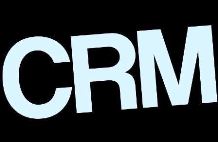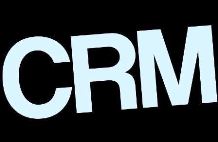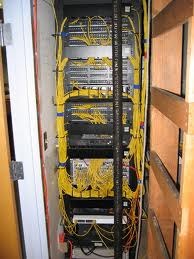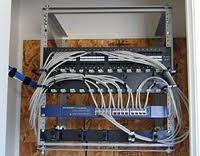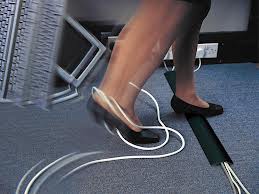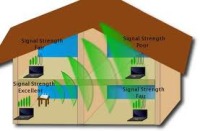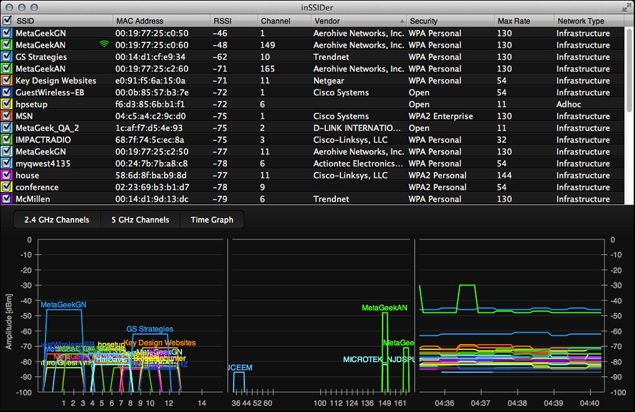CRM today Part 3 of 3 The unrealized benefits of CRM software
 Thursday, March 14, 2013 at 5:34PM
Thursday, March 14, 2013 at 5:34PM 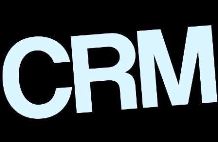 As discussed in the previous blog posting there can be significant challenges in utilizing CRM software. To assess the true value of CRM software you need to examine the benefits as well.
As discussed in the previous blog posting there can be significant challenges in utilizing CRM software. To assess the true value of CRM software you need to examine the benefits as well.
When looking at CRM software, are you getting the full view of the benefits? Some of the traditional benefits assigned to CRM software are,
- Shared Information
- Improved Customer Service
- Better marketing
- Better communications
- Easier administration
When you look deeper into the benefits of CRM software, it becomes apparent that the benefits vary based on level of implementation, integration and utilization. More often than not, some of the benefits of CRM systems remain unrealized, for example,
- Reduction in infrastructure requirements. Digitize your customer files and documentation, less file cabinets and office space. If you have integrated communications, file sharing, and information sharing with your CRM system, do you even need a office?
- Social Media integration. With systems like Batchbook, Chatter and other CRM social media integration tools, your customer profiling can take on a whole new dimension. With updates and workflows triggered through social media updates, your ability to tailor your sales and operations process takes on a whole new dimension.
- Adaptive sales processes. With data from the CRM software you can establish your most attractive vertical markets. After these are identified you can quickly tailor a sales process to exploit the market and combine it with semi customized marketing campaigns, and then tailor your CRM system to report the outcome. You might ask “What is the big deal, I do this every year.” With a well implemented CRM system you can shift your marketing efforts and structure in a period of days, not months or years.

